
Please be very aware that this information is neither intended nor implied to be a substitute for professional medical advice. Always seek the advice of your doctor or other qualified health professional before starting any new treatment or with any questions you may have regarding a medical condition.
Elbow injuries are frustrating. They interfere with lifts, throws, and even basic arm movements. One wrong fall or overextended rep and suddenly you’re nursing pain that won’t go away.
That’s where proper elbow strapping comes in.
Whether you’re recovering from a minor elbow tweak or training through high-impact sessions, learning how to tape your elbow properly can help protect your joint and provide a little more control.
We’ll walk you through how to apply sports tape for elbow support, with a focus on hyperextension-related injuries. You’ll learn what type of tape to use, when to use it, and how to avoid common mistakes that compromise stability.
Whether you’re on the mat, in the ring, or under a barbell, your elbows take a beating. Here’s why strapping your elbow can help:
| Item | Purpose |
|---|---|
| Rigid tape (38 mm or 50 mm) | Core structural support |
| Elastic adhesive bandage (EAB) | To seal off and reinforce the tape job |
| Fix-It tape (hypoallergenic) | Skin-friendly layer between tape levels |
| Adhesive spray (optional) | Improves tape grip on biceps and forearm |
| Scissors & alcohol wipes | Prepping the area before taping |
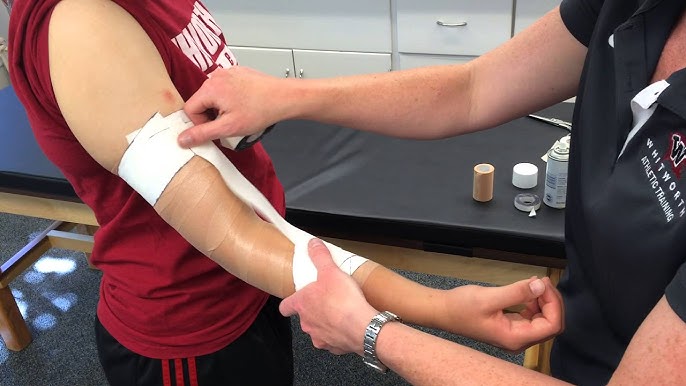
This method is designed to prevent and protect the elbow joint—especially useful for hyperextension injuries. The steps below are based on a demonstration by Aurora Physiotherapy. Always tape on clean, dry skin for best results.
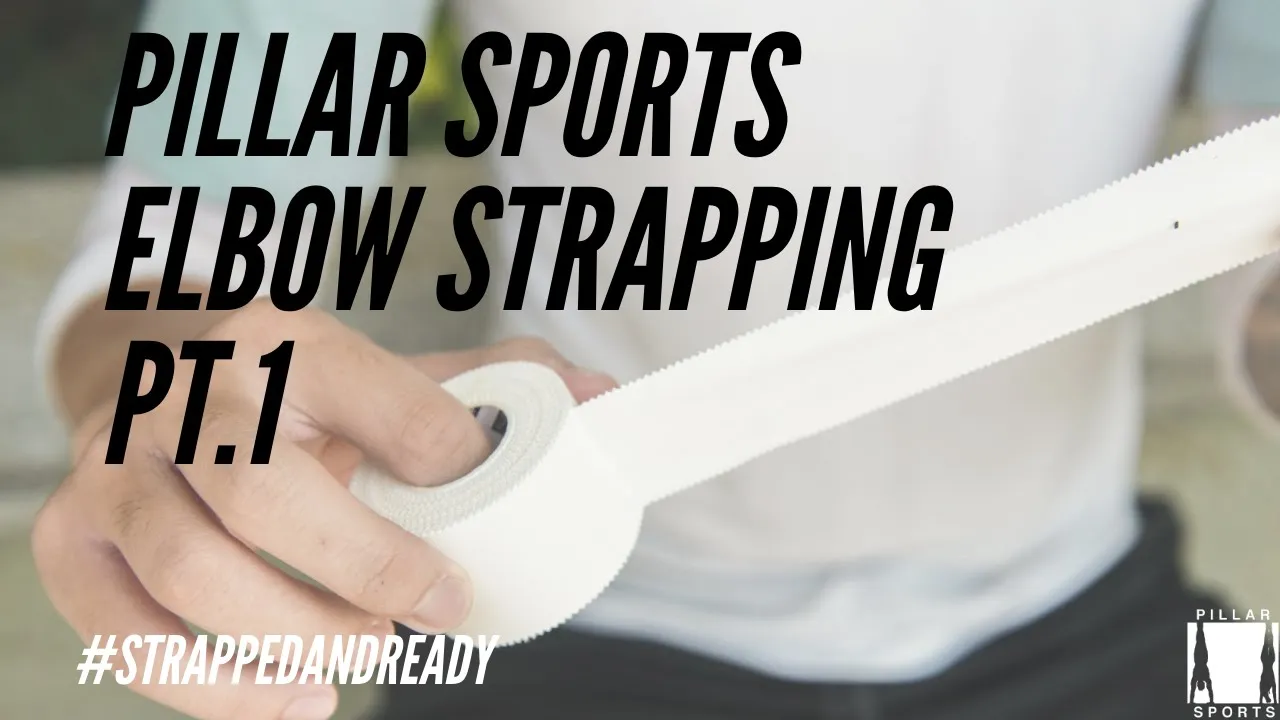

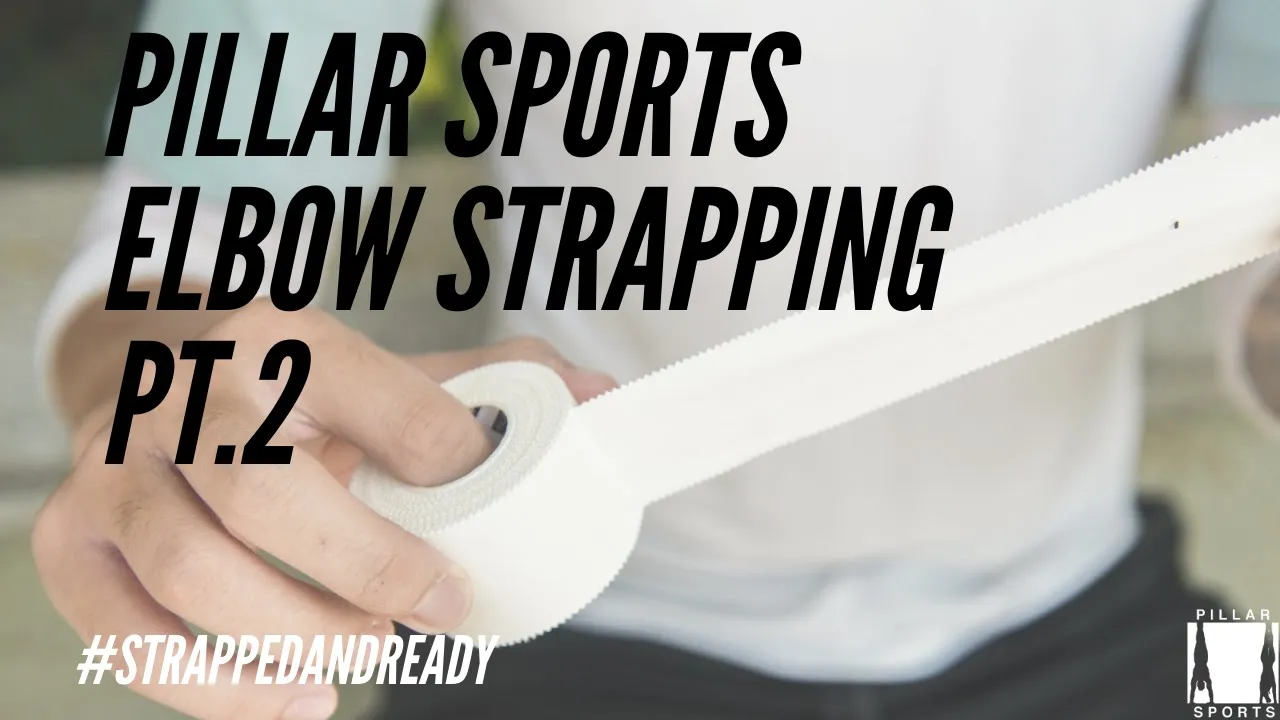

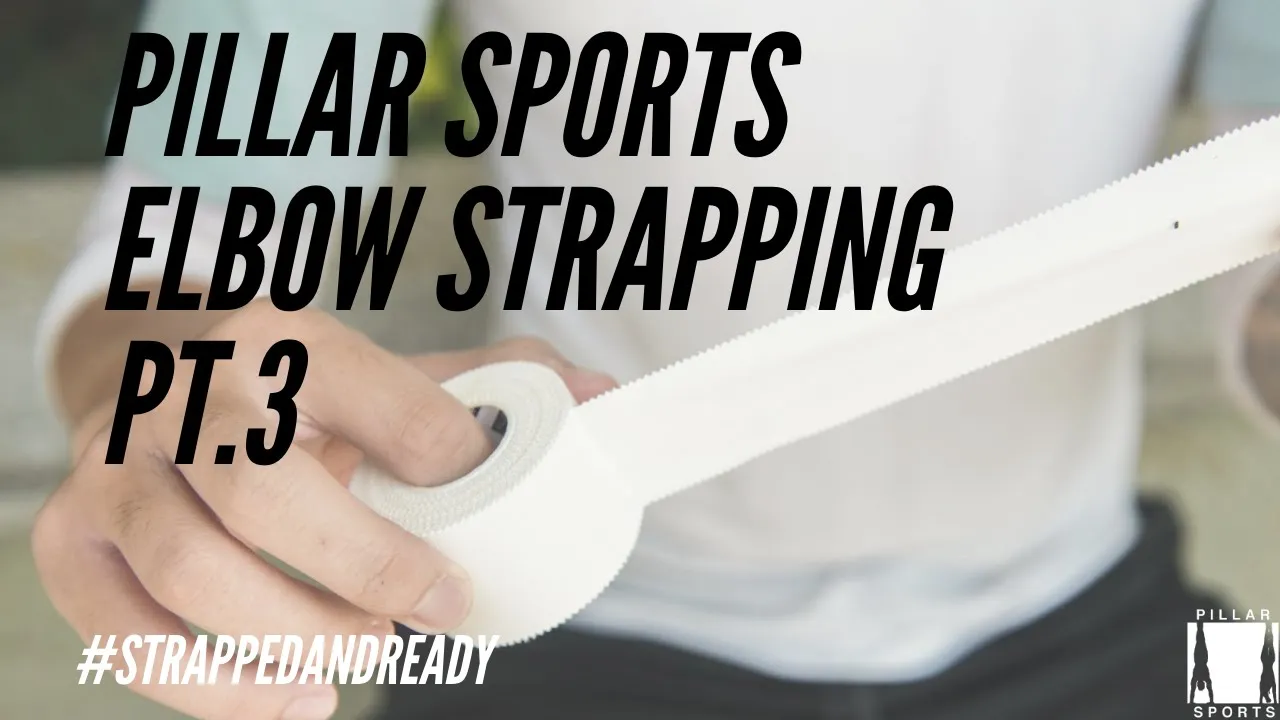



Elbow strapping isn’t just for after you’ve been injured. It can also be used as a preventative measure in these scenarios:
If you’re unsure whether elbow taping is right for you, ask a sports physiotherapist or healthcare provider for advice.
| Mistake | Result | Fix |
|---|---|---|
| Wrapping too tight | Numbness or tingling | Loosen tension and check circulation |
| Taping on sweaty skin | Tape peels or slides off | Clean and dry the area first |
| Skipping anchor strips | Weak foundation | Always use anchors at both ends |
| No muscle contraction | Tape feels too tight during training | Flex during application |
| No overlap on strips | Inconsistent pressure | Use 50% overlap per layer |
Elbow hyperextension is common in athletes. It happens when your elbow bends too far backward, stretching or straining ligaments around the joint. This often leads to tenderness, swelling, and reduced stability.
Learn more about Hyperextended Elbows on WebMD
Looking for rigid or elastic tape to do this properly? See our Sports Tape Catalog.
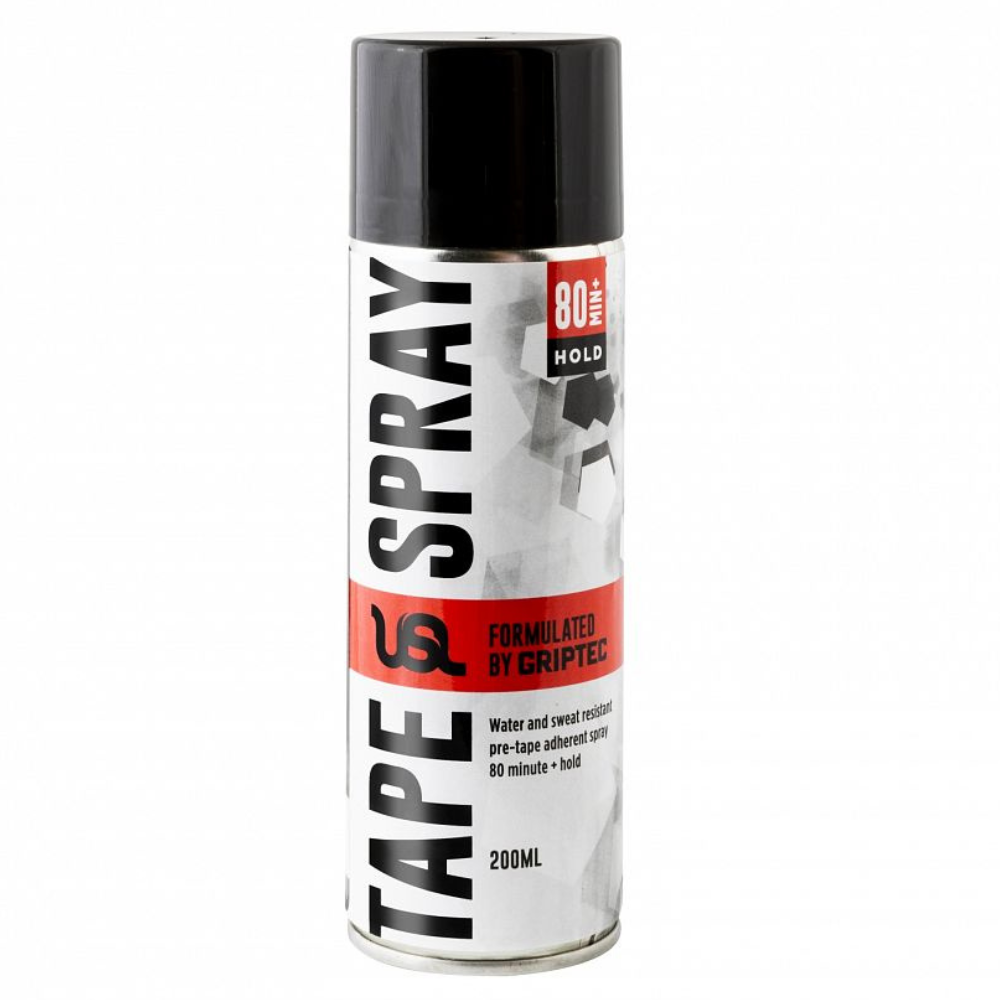
HK$300.00 – HK$500.00Price range: HK$300.00 through HK$500.00
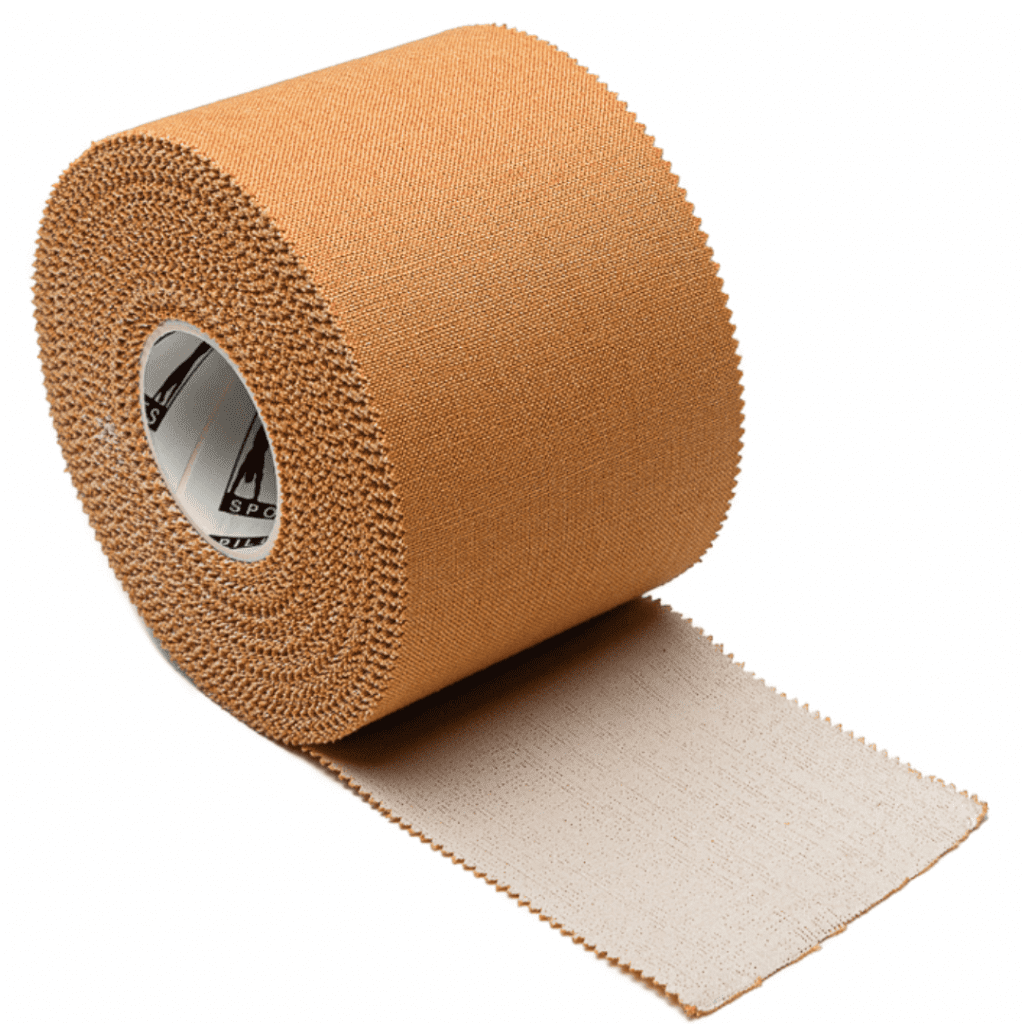
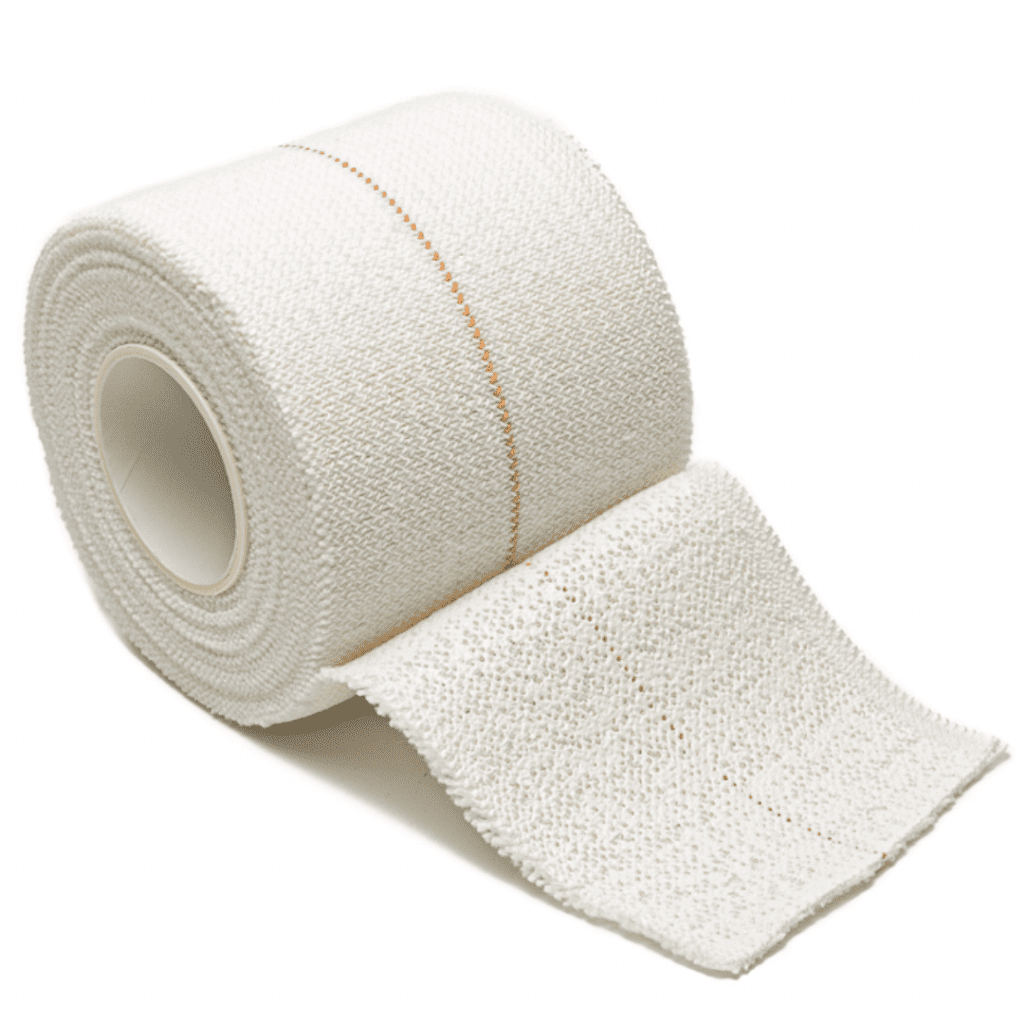

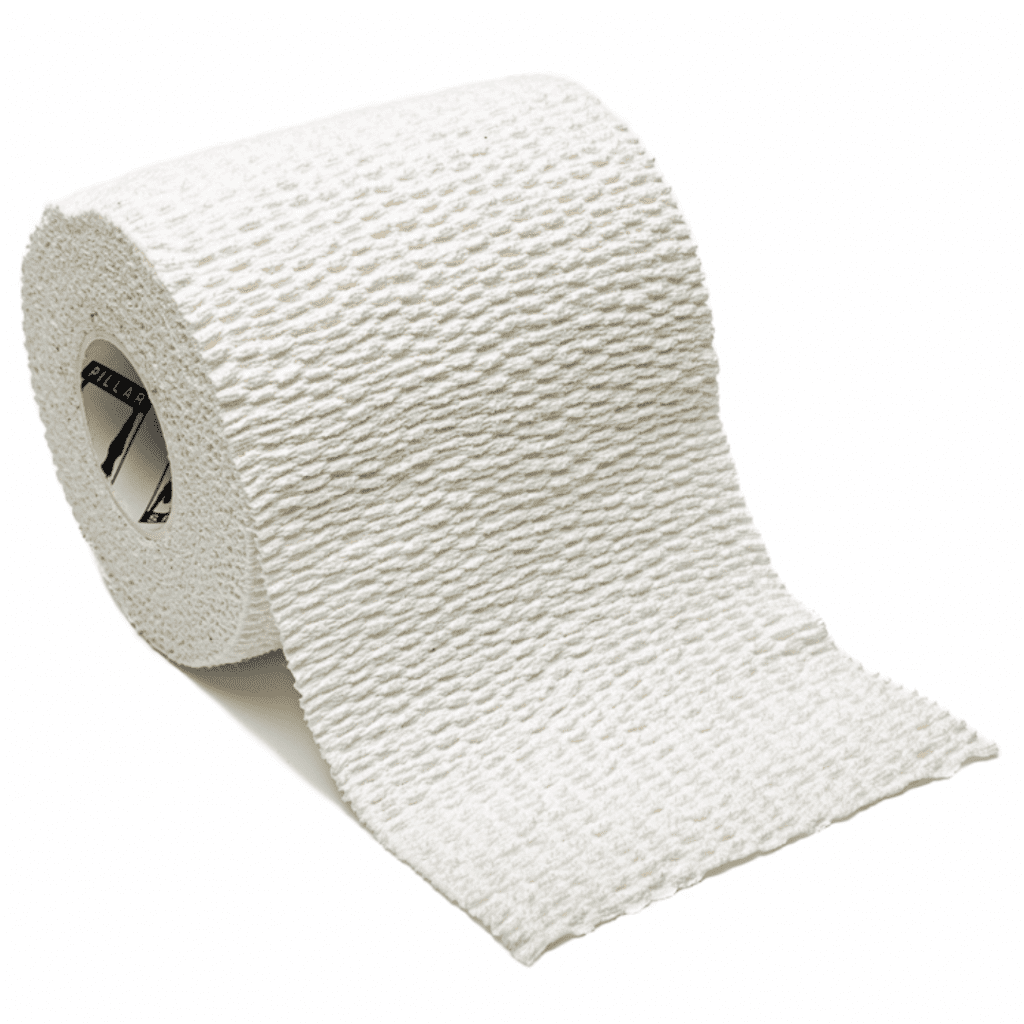
This site is protected by reCAPTCHA and the Google Privacy Policy and Terms of Service apply.
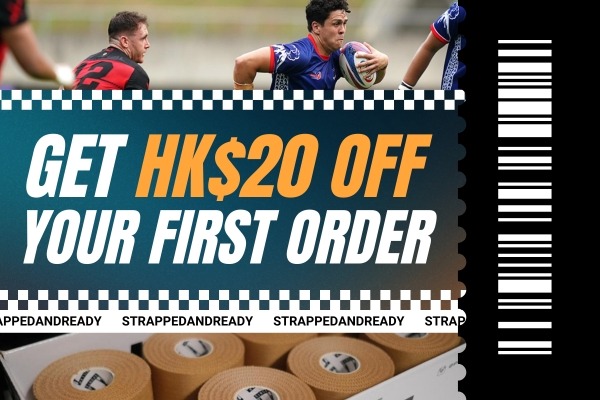
Grab HK$20 OFF your first order of performance-tested tape & gear.
*when you spend HK$300 or more.*
Join 1,000+ athletes already training with Pillar Sports tape.
No spam. Unsubscribe anytime.